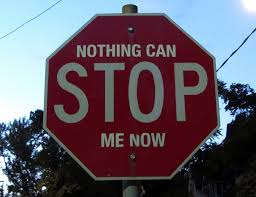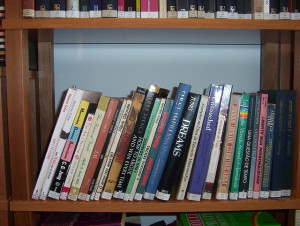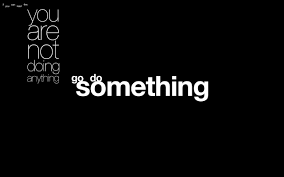From Dream to Reality in 9 Steps
 Many entrepreneurs will tell you that ideas are the easy part. It’s the implementation that separates the successful from the unsuccessful. Turning an idea into reality is a skill that anyone can learn. Managing yourself and daily action are the most important factors.
Many entrepreneurs will tell you that ideas are the easy part. It’s the implementation that separates the successful from the unsuccessful. Turning an idea into reality is a skill that anyone can learn. Managing yourself and daily action are the most important factors.
What would you do if you knew failure wasn’t possible?
Follow these steps to create your own reality:
1. Be clear regarding your objective. Are you clear about what you want? Success is much more likely if your objective is clear and precise. If you’re too vague, the problem-solving functions of your brain will be too confused to operate optimally.
2. List your resources. Be aware of all the tools you have at your disposal. You have more to work with than you realize. Consider all the people you know that are capable of assisting you. List all of your resources that are relevant to your objective. Perhaps your car, computer, and local library are valuable tools.
3. Consider the resources you’ll require. Make a list of everything you think you’ll need and compare that list to the list you made of your available resources. How will you make up the difference? Most importantly, ensure you have everything you need to get started. Avoid letting the future stop you from taking action today. If there’s something you’re lacking that you won’t need for six months, you can still get started!
4. Maintain your awareness of your objective. Keep your objective in the front of your mind. The easiest way to do this is to think about it each day. A simple visualization session twice a day is sufficient. Just remind yourself on a daily basis that you have an idea that you want to bring into reality.
5. Avoid trying for perfection. Perhaps the biggest obstacle is the belief that success only comes from taking perfect action. This belief is enough to paralyze your efforts. Consistent, steady action is enough to reach your goals.
6. Make a plan. Avoid waking up each day without a plan of attack. Know how you’re going to spend your day before you go to bed each night. A simple to-do list will guarantee that you can hit the ground running each day.
7. Work your plan. Knowing what to do is only half of the puzzle. It’s important to work your plan consistently. Everyone knows how to lose weight, but there are many overweight people on the planet. Focus on taking simple, effective actions day after day. A river created the Grand Canyon, and your objective is probably less grandiose.
8. Evaluate your progress. Provide yourself with regular feedback. Determine a method of measuring your progress and take regular measurements. Determine if you’re on the right track. How can you enhance your results? Do you need to try another course of action? Seek to improve your approach based on your evaluations.
9. Keep going. If you keep working, measuring your progress, and developing an effective approach, how can you fail? You can only fail if you give up. Enjoy and be proud of the progress you’re making each week. Know that your idea will become a reality.
Success isn’t complicated. Success is the result of maintaining focus and taking appropriate action each day. If you don’t quit, failure isn’t an option. Nothing is more exciting than turning a dream into reality. What life will you create for yourself?
To your success
Michael W





